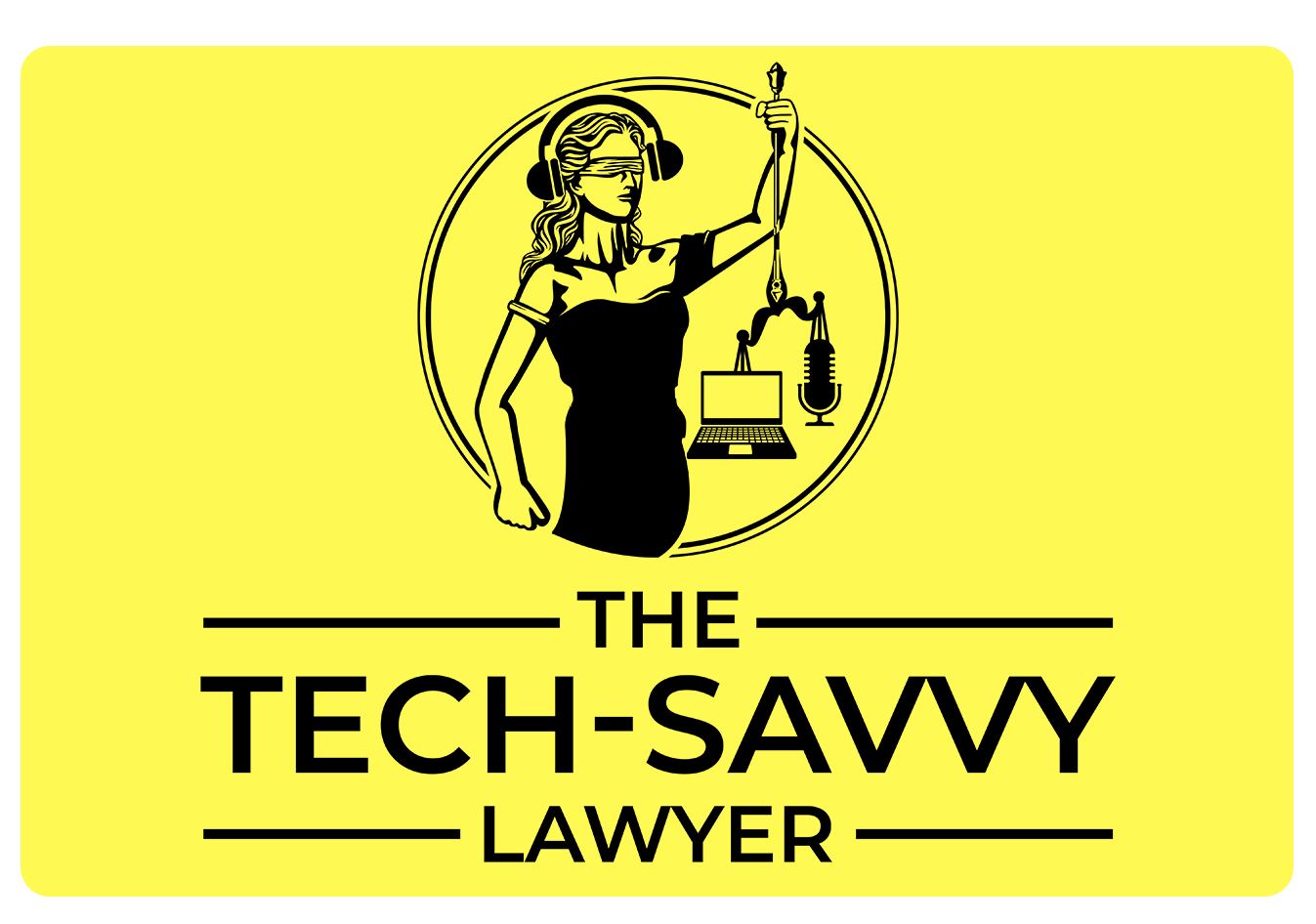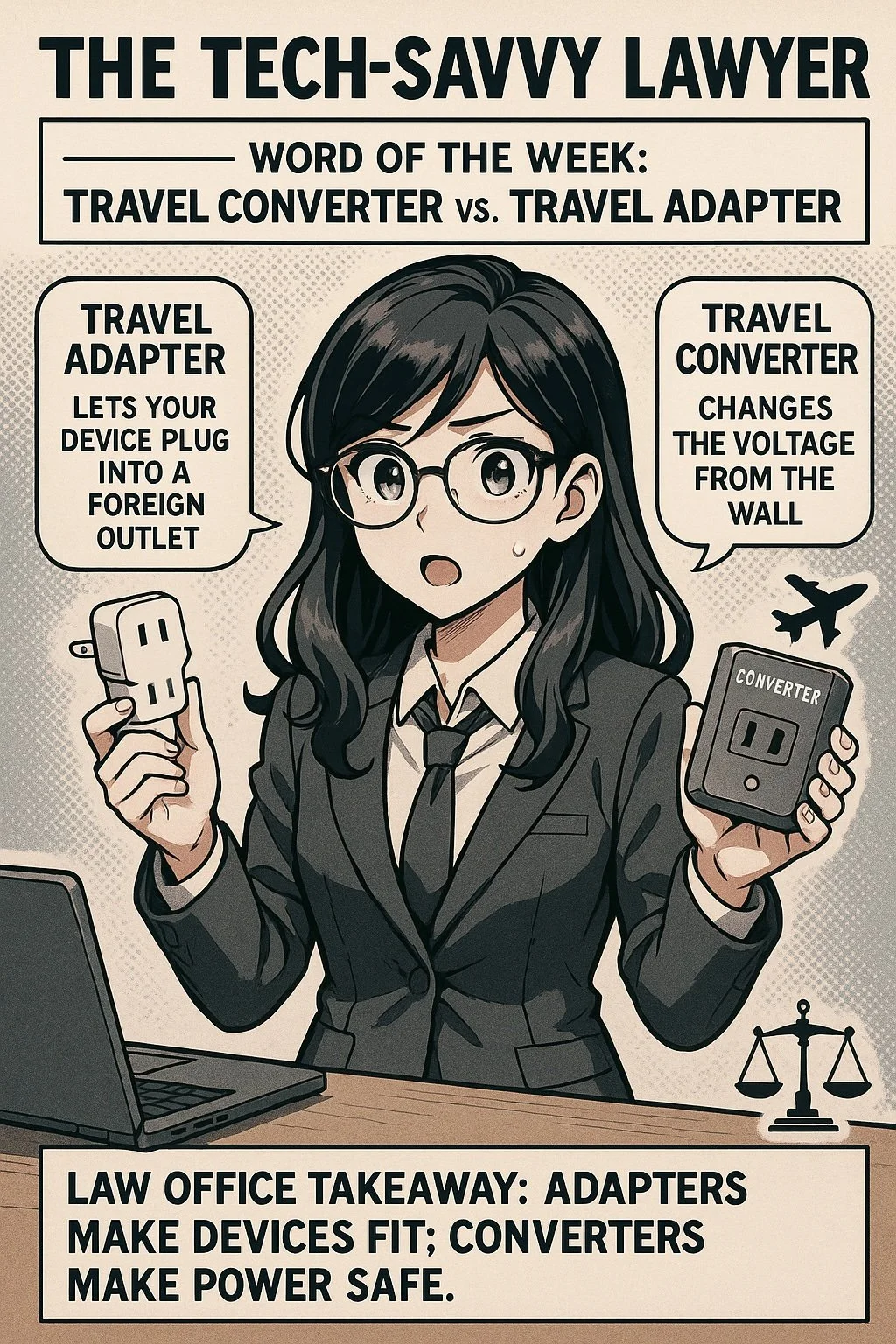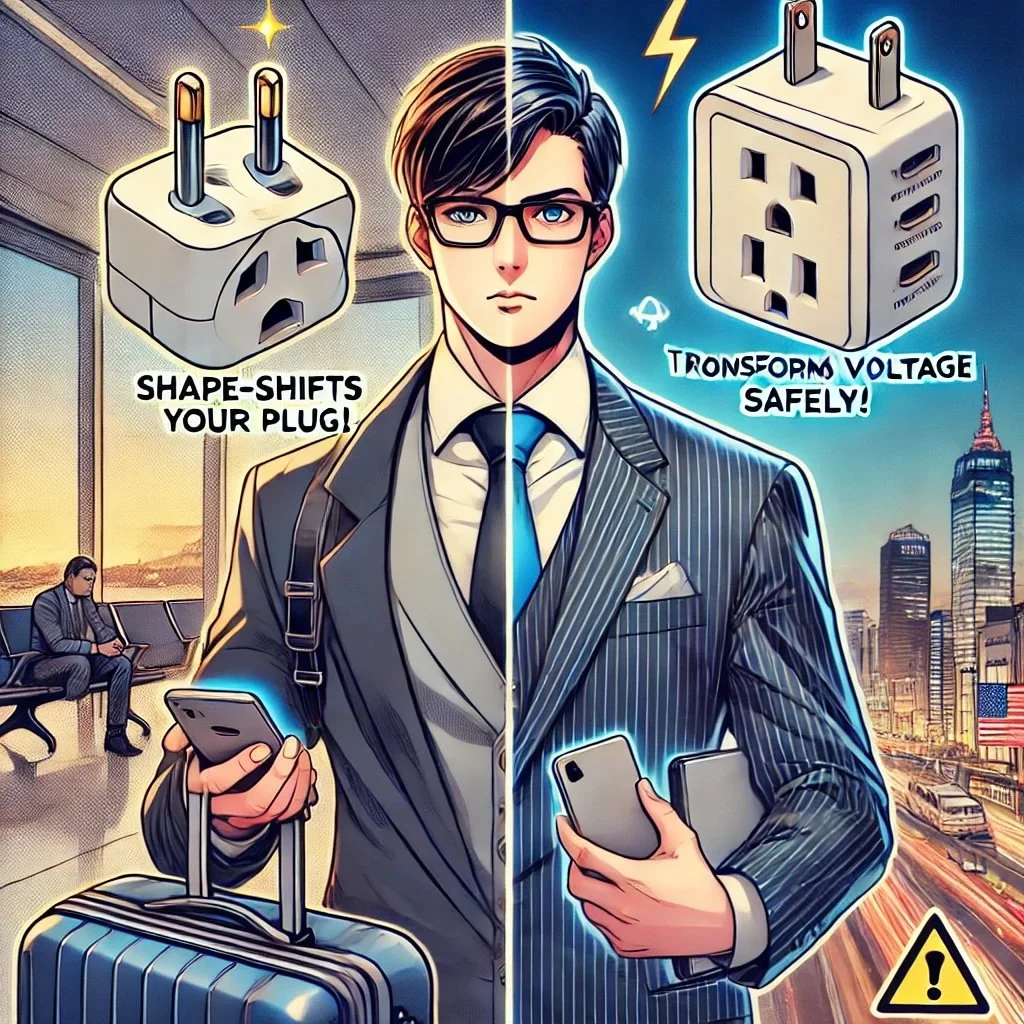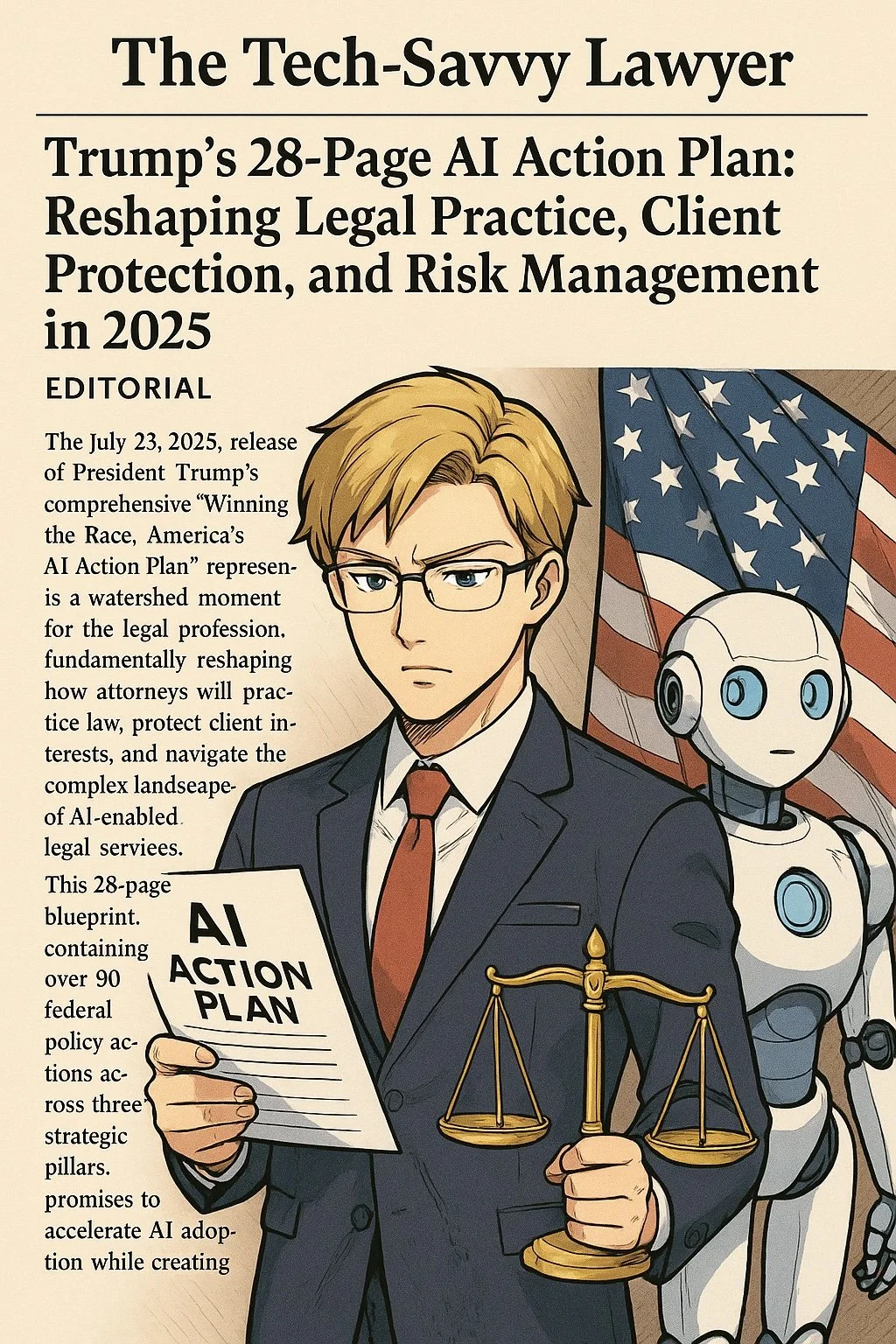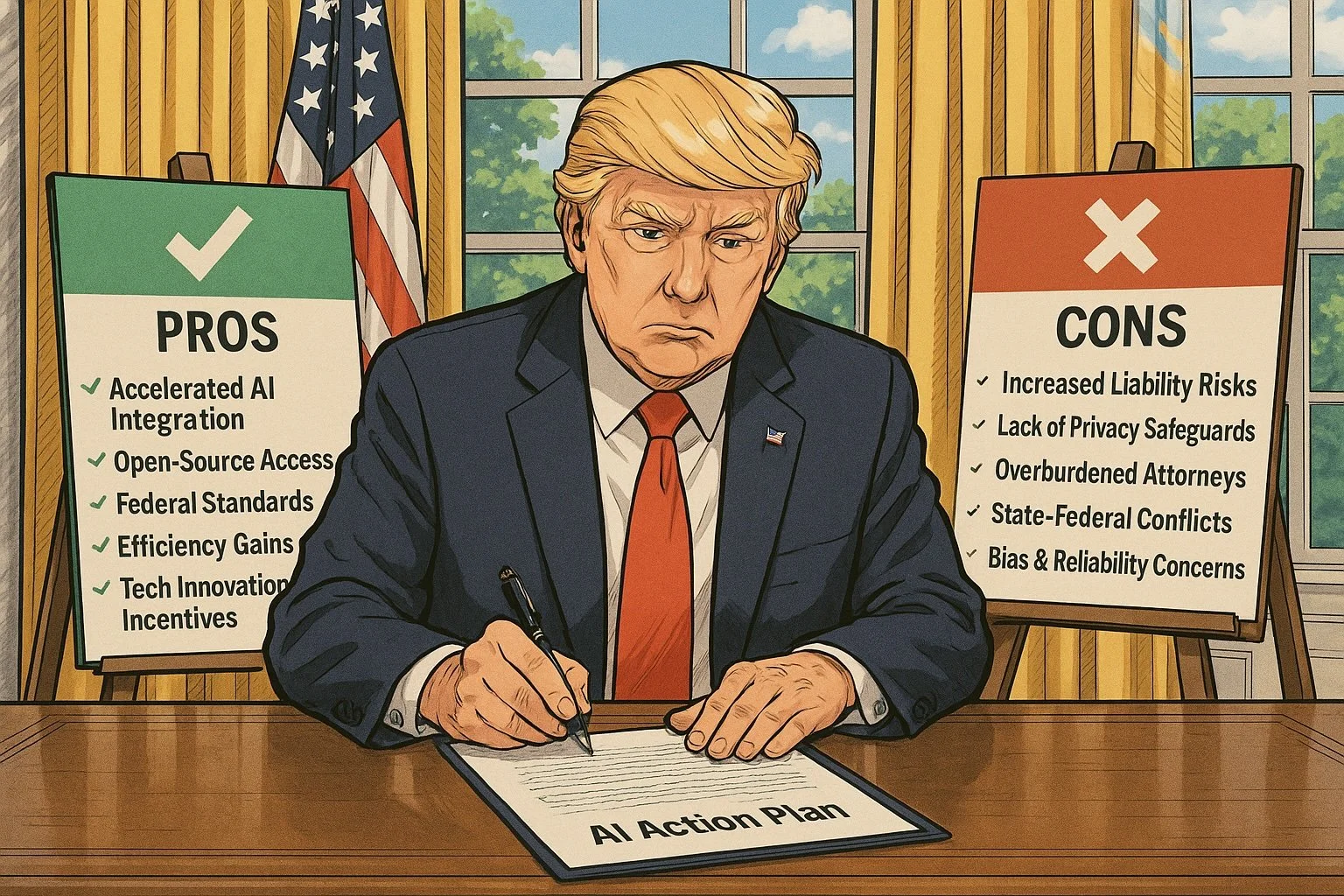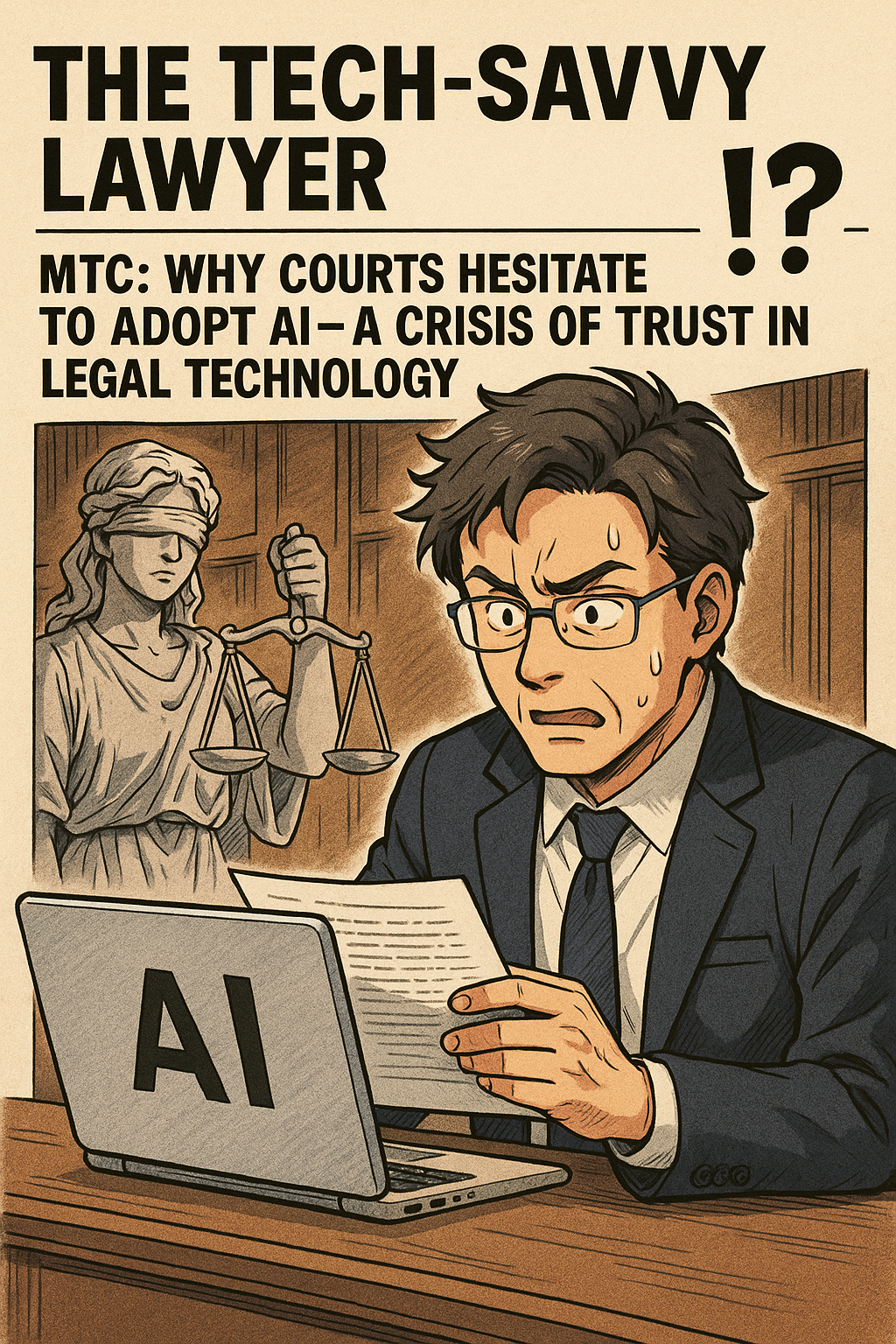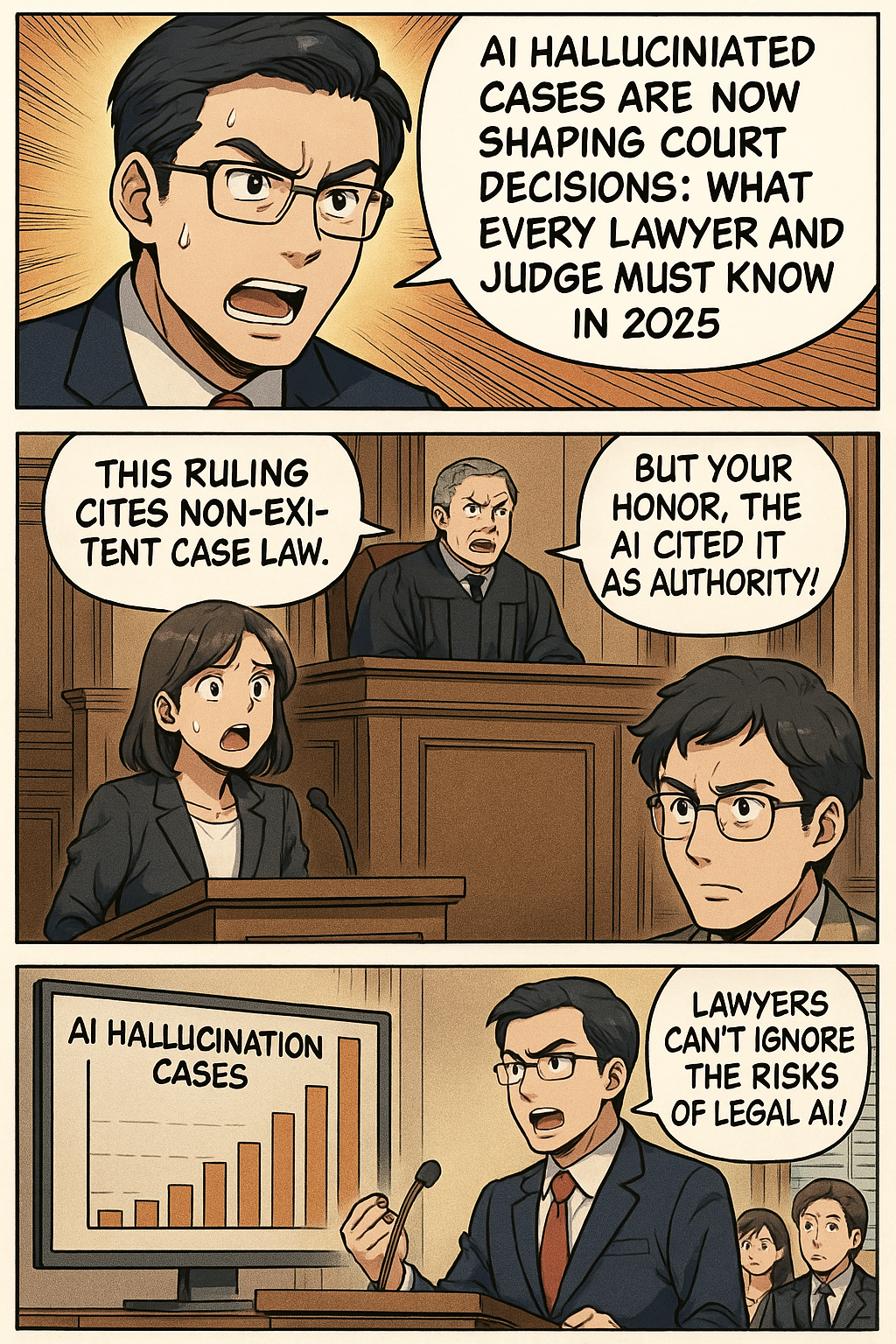Samsung's Galaxy Z Series Redefines Mobile Legal Practice: The Ultimate July 2025 Review 📱⚖️
/are the new samsung galaxy z mobile phones the next innovation in smart phones for lawyers?
Samsung's Galaxy Z Fold7 and Z Flip7 represent the most transformative mobile devices for legal professionals in 2025, delivering unprecedented productivity enhancements while finally achieving the durability and refinement necessary for serious law practice deployment.
Revolutionary Design: Function Meets Form
Galaxy Z Fold7: The Legal Powerhouse
The Galaxy Z Fold7 achieves what previous foldable generations promised but couldn't deliver—genuine laptop-like productivity in a pocket-sized device. At just 8.9mm folded and an impossibly thin 4.2mm unfolded, it's lighter than most traditional flagships at 215 grams while providing dual-screen functionality. Legal professionals finally have access to a device that feels like a conventional smartphone when closed but transforms into a 7.6-inch tablet workstation when opened. (Editor’s note: I have to admit that when I held and played with a Fold that I was so impressed it became my new blog/podcast phone!)
The 6.5-inch cover screen with improved 21:9 aspect ratio eliminates the narrow, cramped experience of previous generations, making email management, calendar review, and client communications genuinely usable without unfolding. This addresses a critical pain point for attorneys who need quick access to information between court sessions or client meetings.
Galaxy Z Flip7: Compact Professional Excellence
The Galaxy Z Flip7 transforms the traditional smartphone experience with its 4.1-inch edge-to-edge FlexWindow—now a legitimate secondary interface rather than a glorified notification panel. At 188 grams, it's lighter than most flagship phones while offering a 6.9-inch main display that rivals the Galaxy S25 Ultra when unfolded.
For legal professionals who prioritize portability, the Z Flip7's ability to fold to just 13.7mm thick while maintaining flagship performance represents a paradigm shift in mobile form factors.
Productivity Revolution for Legal Practice
Multitasking Mastery
The Galaxy Z Fold7's Multi-Active Windows capability allows attorneys to run three apps simultaneously—a game-changer for legal workflows. Imagine reviewing case documents in one window, conducting legal research in another, and managing client communications in a third, all on a single device. This level of multitasking was previously impossible on mobile devices and rivals desktop productivity.
Real-world legal applications include:
Simultaneous document review and note-taking during depositions
Side-by-side contract comparison and analysis
Multi-app case management during court proceedings
Instant legal research while drafting briefs or motions
Scrool to the bottom for a comprehensive comparison table for the Samsung Zs, the iPhone, and the Pixel!
📱
Scrool to the bottom for a comprehensive comparison table for the Samsung Zs, the iPhone, and the Pixel! 📱
Document Management Excellence
Both devices excel at PDF annotation, form completion, and document scanning—core legal tasks that previously required desktop computers or specialized equipment. The 200MP camera system on the Z Fold7 ensures crystal-clear document capture even in challenging lighting conditions, while the large screen makes detailed document review practical on mobile devices.
Legal professionals report dramatically reduced processing times for routine document tasks—what once required printing, manual completion, scanning, and emailing can now be accomplished entirely on the device in under five minutes.
Enterprise Security Meets Legal Compliance
Samsung Knox: Defense-Grade Protection
Samsung Knox provides chip-to-cloud security architecture specifically designed for sensitive professional environments. For legal practices handling confidential client information, Knox's container technology creates separate, encrypted workspaces that isolate professional data from personal applications.
Key security features for legal professionals:
There are noticeable improvements to these devices that may rival apple’s iphone line.
Hardware-level encryption protecting client confidentiality
Secure folders for case-sensitive documents and communications
Enterprise management compatibility with law firm IT policies
Regular security updates for seven years—crucial for compliance requirements
AI-Powered Productivity with Privacy Controls
Galaxy AI integration enhances legal workflows without compromising data privacy. Note Assist automatically organizes meeting notes into actionable items, while Interpreter in FlexMode facilitates hands-free client communications. Importantly, many AI features process data on-device, addressing legal industry privacy concerns. (Editor’s note - always check the terms of service and other reliable sources to confirm your client’s PII is protected before using any AI service.)
Competitive Analysis: Leading the Professional Mobile Market
Performance Leadership
The Snapdragon 8 Elite processor in the Z Fold7 delivers flagship-level performance with up to 16GB RAM and 1TB storage—specifications that rival desktop computers from just a few years ago. This computational power enables smooth operation of multiple legal applications simultaneously, from case management software to video conferencing platforms.
Camera Systems: Evidence Documentation Excellence
The Z Fold7's 200MP main camera represents a significant upgrade for legal documentation needs. Whether capturing whiteboard notes during strategy sessions, photographing evidence at accident scenes, or documenting contract details, the camera system delivers professional-grade results.
The 10MP telephoto with 3x optical zoom proves particularly valuable for detailed text capture—essential when photographing contracts, court documents, or exhibit materials.
Battery Life: All-Day Professional Use
Both devices feature 4,300-4,400mAh batteries designed to support intensive legal workflows throughout extended court sessions or client meetings. 25W fast charging minimizes downtime between professional engagements.
Market Impact: Reshaping Legal Technology Adoption
Is there a galaxy z in your firm’s future?
Industry Momentum Building
Samsung's foldable preorders increased 25% year-over-year in July 2025, with 38% surge in US shipments indicating growing professional adoption. Legal professionals represent a significant portion of this growth, driven by the productivity benefits and enterprise security features.
Competitive Response
With Apple yet to enter the foldable market and Google's Pixel Fold lacking the productivity optimizations of Samsung's devices, the Galaxy Z series maintains a unique position in professional mobile computing. This market leadership provides legal practices with proven, mature foldable technology rather than experimental alternatives.
Limitations and Considerations
Investment Analysis - Are they worth the price?
Pricing remains a significant consideration—the Z Fold7 starts at $1,999, while the Z Flip7 begins at $1,099. However, for attorneys who can leverage the productivity benefits, the devices may justify their premium pricing through improved billable hour efficiency and reduced need for multiple devices.
Learning Curve Management
Staff training requirements should be considered for firm-wide deployments. The unique interface and multitasking capabilities require adjustment from traditional smartphone usage patterns.
Durability in Professional Environments
While both devices are tested for 200,000 folds (approximately 10 years of use) and feature IP48 water resistance, legal professionals working in challenging environments may need additional protection. The removal of S Pen support from the Z Fold7 eliminates handwritten note-taking capabilities that some attorneys preferred.
Final Thoughts: Verdict for the Galaxy Z phone series - Transformative Technology for Modern Legal Practice
The Galaxy Z Fold7 and Z Flip7 represent the first foldable devices mature enough for serious legal practice adoption. The combination of flagship performance, enterprise security, productivity optimization, and refined design creates compelling value propositions for different attorney needs.
For litigation attorneys and corporate lawyers who require maximum screen real estate and multitasking capability, the Z Fold7 delivers unprecedented mobile productivity that approaches desktop-level functionality. For attorneys prioritizing portability and quick access to communications, the Z Flip7 offers flagship performance in an exceptionally compact form factor.
I don’t know if my excitement to use the Fold justifies a switch in my legal work device (and move from my iPhone to the Fold), but the significant hardware improvements, including thinner profiles, better displays, enhanced cameras, and robust security features, position the Flip and the Fold as legitimate professional tools rather than technological novelties. With seven years of security updates and Samsung's enterprise support infrastructure, these devices meet the long-term stability requirements of legal practice.
Samsung has successfully transformed foldable phones from experimental curiosities into practical productivity tools that can genuinely enhance legal workflows and professional efficiency. For law practices ready to embrace next-generation mobile technology, the Galaxy Z series delivers the durability, functionality, and enterprise features necessary for professional legal work.
Compare the specs for the Zs, the iphone and the iphone.
